1. Bob Dylan: From Folk Hero to Rock Icon
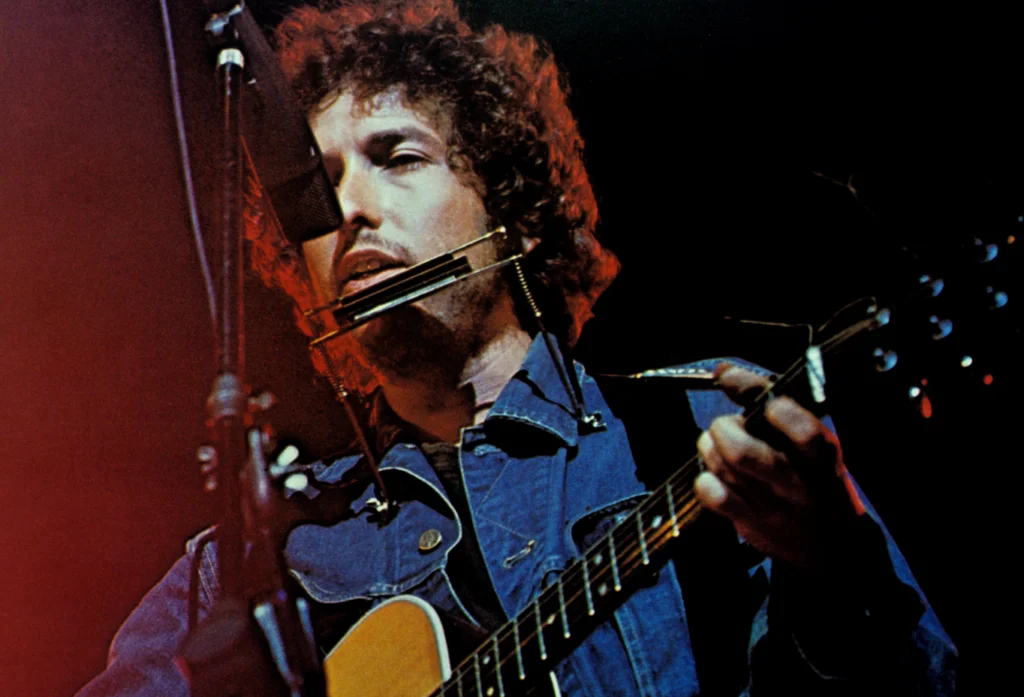
In the early ’60s, Bob Dylan was the voice of the folk movement, known for his protest songs like “Blowin’ in the Wind.” His acoustic guitar and harmonica defined his sound, and he quickly became a symbol of the counterculture. But in 1965, Dylan shocked the world by “going electric” at the Newport Folk Festival, making the bold transition to rock music. His album Highway 61 Revisited followed shortly after, introducing songs like “Like a Rolling Stone” that mixed electric blues with his signature poetic lyrics.
Dylan’s shift from folk to rock marked the beginning of a new era in music, and he would continue to evolve throughout his career. His ability to reinvent himself became his trademark, with later ventures into country, gospel, and even blues. This constant reinvention kept him relevant and influential, ensuring his place as one of the most iconic musicians in history. Dylan’s journey shows how a folk singer could become the voice of a generation, proving that musical boundaries were meant to be broken.
2. Johnny Cash: From Country to Rockabilly and Beyond
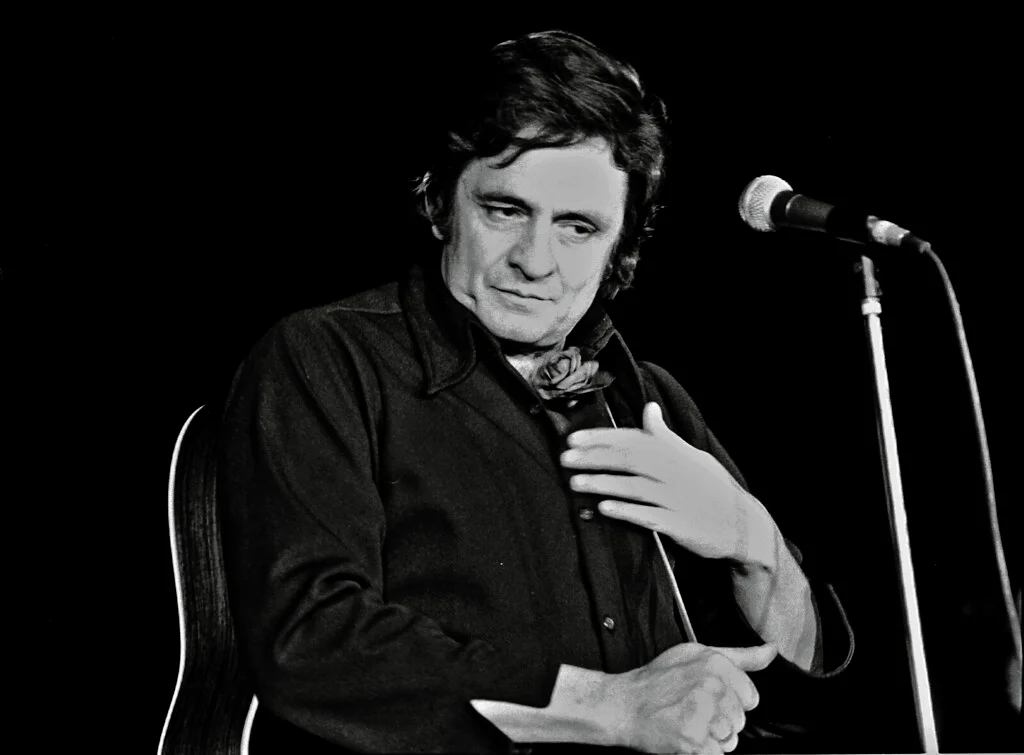
Johnny Cash began his career as a country artist with deep roots in gospel and blues. His songs like “I Walk the Line” and “Folsom Prison Blues” made him a household name in the 1950s and early ’60s. But by the late ’60s, Cash began experimenting with different sounds, blending his country roots with rockabilly and even a bit of psychedelic music. His At Folsom Prison album, released in 1968, showcased this new edge to his music, with a raw, live sound that was a departure from his earlier recordings.
Cash didn’t stop there—his venture into “the Man in Black” persona reflected his deepened interest in social issues and darker themes. By the end of the ’60s, he was embracing a more introspective, almost rebellious image, aligning himself with rock-and-roll sensibilities. His work with Rick Rubin in the ’90s solidified his place in the hearts of newer generations, proving that even a country legend could successfully reinvent himself over decades.
3. Neil Young: From Folk to Grunge Pioneer
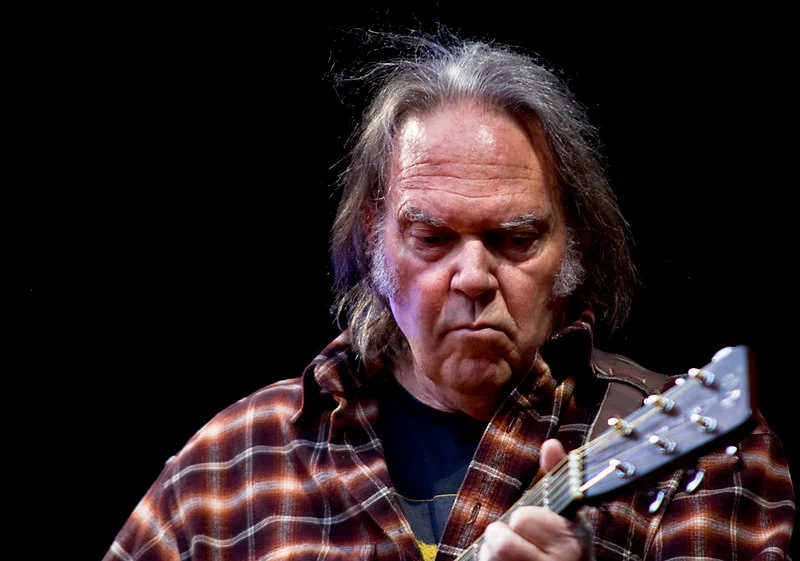
Neil Young’s career began in the mid-’60s as part of the folk-rock band Buffalo Springfield. His early hits like “For What It’s Worth” showed his ability to blend folk with socially conscious lyrics. But Young’s journey toward reinvention took a major turn in 1969 when he released Everybody Knows This Is Nowhere, an album that embraced a raw, electric sound with his iconic guitar work. It was his partnership with Crazy Horse that brought out a grunge-like edge long before the genre even existed.
Throughout the ’70s and beyond, Young continued to experiment with different genres, from country to synth-pop. His ability to shift between acoustic and rock, and even dabble in electronic music, kept his fans on their toes. Whether he was playing solo or with a band, Young’s willingness to embrace new sounds kept him at the forefront of music innovation. His journey from folk to grunge pioneer highlights his fearless approach to music evolution.
4. David Bowie: The Ultimate Chameleon
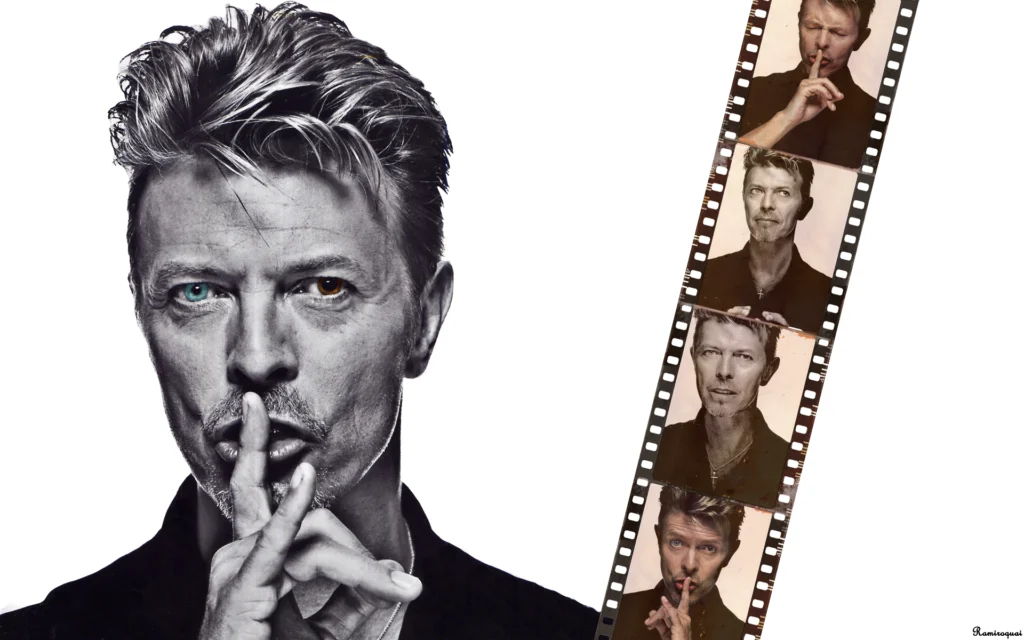
David Bowie’s transformation throughout the ’60s and ’70s is legendary, starting with his early days as a pop and folk singer. In the mid-’60s, Bowie was just another artist trying to make a name for himself, with songs that barely registered on the charts. But in 1969, with the release of “Space Oddity,” he began his journey into the theatrical world of glam rock, becoming Ziggy Stardust, a character that would completely define his early career.
Bowie didn’t stop there, constantly reinventing his musical style from glam rock to soul, electronic, and even industrial sounds. His ability to embrace new personas and styles made him an ever-changing force in the music world. His influence is still felt today, with each phase of his career marking a new chapter of musical experimentation. Bowie’s knack for transformation helped him become one of the most innovative and influential figures in music history.
5. The Beatles: From Pop Sensations to Experimental Legends
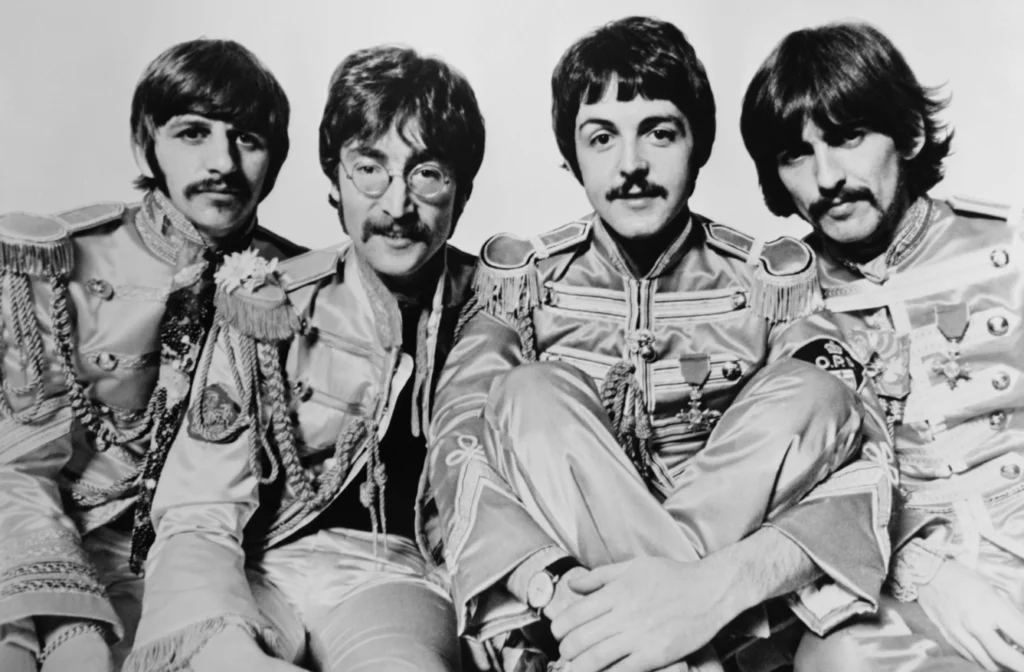
The Beatles’ evolution from their early ’60s pop hits like “I Want to Hold Your Hand” to the groundbreaking Sgt. Pepper’s Lonely Hearts Club Band in 1967 is nothing short of remarkable. In just a few years, they went from being the “Fab Four,” beloved for their catchy tunes, to musical innovators. Their shift into more experimental territory began with Rubber Soul in 1965, which began to feature more complex structures and introspective lyrics.
By the time they released Revolver and Sgt. Pepper’s, the Beatles had completely redefined what pop music could be, embracing avant-garde influences, orchestration, and unconventional sounds. The band’s willingness to explore psychedelic rock, Indian music, and electronic techniques cemented their place as leaders in musical innovation. Their journey from pop icons to experimental legends shows the power of artistic evolution in shaping the course of modern music.
6. Aretha Franklin: From Gospel to Soul Queen
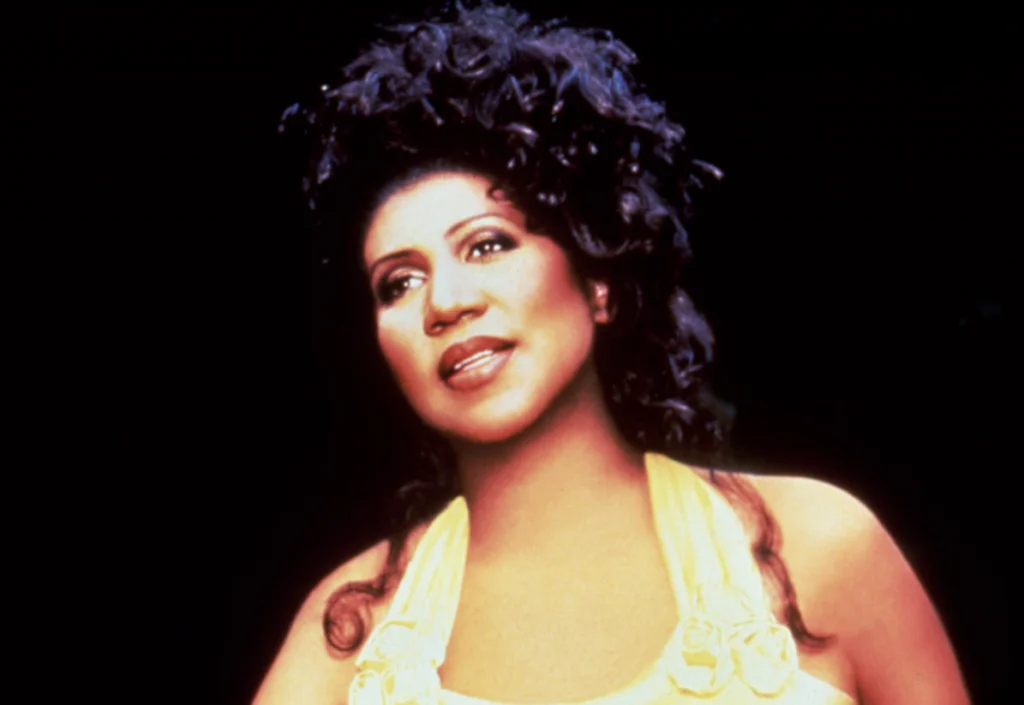
Aretha Franklin began her career in the church, singing gospel music at a young age, but it wasn’t long before her incredible vocal range caught the attention of the secular world. She signed with Atlantic Records in 1967, marking the beginning of her transition from gospel to soul and R&B. Hits like “Respect” and “Think” were anthems that defined her place as the “Queen of Soul,” capturing both the political and emotional essence of the era.
Franklin’s ability to take gospel influences and reframe them in a way that spoke to mainstream audiences helped her redefine soul music. She later dabbled in jazz, pop, and even classical music, proving her versatility and vocal mastery. Aretha’s journey from gospel to soul royalty solidified her as an icon whose influence transcended genres, and her voice remains one of the most powerful in music history.


